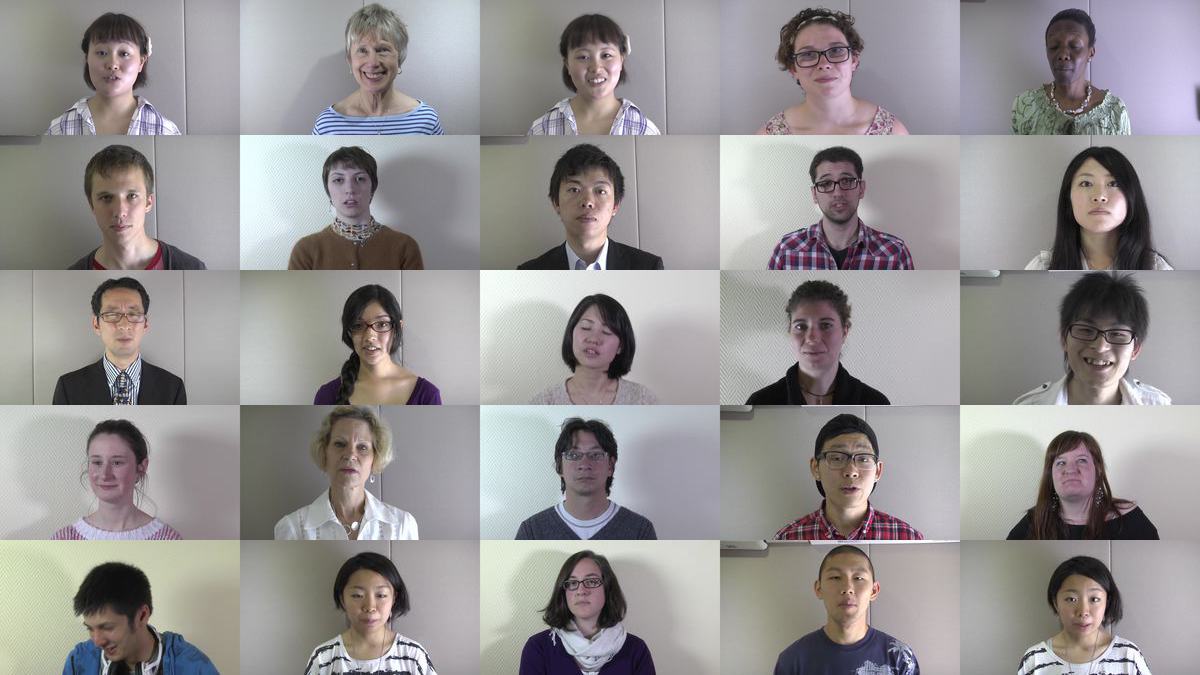International workshop on audio-visual affective prosody in social interaction & second language learning
(AVAP 2015)
Bordeaux, 5 and 6 March 2015

Dominique Nouveau Radboud Universiteit Nijmegen
Michel Wauthion Université de la Nouvelle-Calédonie
Acquisition of affective prosody in L2 learners: a comparative case study
This paper aims to share experience and reflection in developing a set of activities focused on prosody in language learning classrooms, a domain where little has been made to facilitate methodologically the acquisition of these specific skills, even though the importance of prosody in learning languages has been regularly expressed (Martin, 2005).
As part of its summer course program, the University of New Caledonia offers yearly workshops in French phonetics to Australian and New Zealand students (A2/B1 &B2 CEFR levels). The 2014 workshop offered speaking activities aimed at raising awareness of the specific rhythm and prosody of French through hearing, simulating, and reproducing four models of audiovisual formal speech: official broadcasted comments (Eurovision), actor emphasis in theater dramas, radio sport commentary and TV weather report. The first two activities were collectively commented and reproduced for labeling and marking supra-segmental peculiarities (liaisons, linking, silent consonant, relevant changes in pitch and accentuation). The last two activities resulted in individual recordings achieved by learners, after intensive collective training driven with the support of listened and commented models.
The lecture will be dedicated mainly to the analysis of these corpora. Affective prosody in sport reporting is directly influenced by the intensity of achievement while weather report are concerned with the screening of deictics and their actual quantitative and qualitative values. The analysis of the acquisition process of affective prosody patterns in French by English native or second language speakers will be compared with the response given by a sample of Dutch students holding the same skill levels. The lecture will present the first results of this comparison, discuss the importance of L1 prosodic patterns and make suggestions for improving learning activities in compliance with the acquirement of the French specific “melodic clichés" (Fonagy, 1991)
References
Boutet Josiane (2014), « L'interprétation des faits phonétiques : dialogue posthume entre John J. Gumperz et Yvan Fonagy », Langage et société, 2014/4 n° 150, p. 71-84.
Charlotte Alazard, Corine Astésano, Michel Billières & Robert Espesser, (2009) Rôle de la prosodie dans la structuration du discours en Français Langue Etrangère, actes du colloque IDP 2009.
Fagyal Zsuzsanna (1999). Combien de clichés mélodiques? Révision de l'inventaire des contours intonatifs stylisés en français, in Faits de langues n°13, pp. 17-25.
Fonagy, Y. (1991) La vive voix. Essais de psycho-phonétique, Paris, Payot, [1983].
Philippe Martin (2005), « WinPitch LTL, un logiciel multimédia d'enseignement de la prosodie », Alsic [En ligne], Vol. 8, n° 2 | 2005, document alsic_v08_13-rec7. URL : http://alsic.revues.org/332 ; DOI : 10.4000/alsic.332
Mennen, I. (2007). Phonological and phonetic influences in non-native intonation. In Trouvain, J. & Gut, U. (Eds.) Non-native Prosody: Phonetic Descriptions and Teaching Practice (Nicht-muttersprachliche Prosodie: phonetische Beschreibungen und didaktische Praxis). Mouton De Gruyter, 53 – 76
Simon A.-C. (dir.) (2012), La variation prosodique régionale en français contemporain, Bruxelles, De Boeck.
